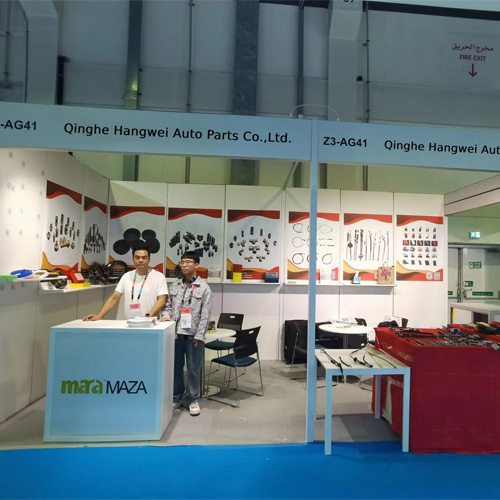gear linkage cable
The Importance of Gear Linkage Cables in Automotive Engineering
In the realm of automotive engineering, the seamless functionality of a vehicle's transmission system is paramount to its overall performance. One crucial component that plays a significant role in this system is the gear linkage cable. This seemingly simple element is responsible for connecting the gear stick to the transmission, allowing drivers to shift gears smoothly and efficiently. In this article, we will delve into the concept of gear linkage cables, their components, their functionality, and their significance in modern vehicles.
Understanding Gear Linkage Cables
At its core, a gear linkage cable is a flexible wire or cable designed to transmit the driver’s input from the gear shifter to the transmission mechanism. This cable system operates in both manual and automatic transmissions, albeit with slight differences in design and application. Generally, gear linkage cables consist of an outer casing, which provides structural support, and an inner cable that enables movement. The cable is lubricated to reduce frictional wear, thus ensuring longevity and optimal performance.
Components and Design
The design of gear linkage cables can vary based on the manufacturer and vehicle model, but they usually consist of several integral components
1. Cable Housing The outer part of the gear linkage cable that encases the inner cable. The housing is typically made from a durable material that can withstand heat and tension.
2. Inner Cable A thinner wire that moves within the housing. It is responsible for transferring the driver’s movements and commands to the gearbox.
3. End Fittings These are attached to both ends of the cable and are crucial for connecting the cable to the gear lever and the transmission. The design of the fittings can vary, including ball joints or clevis style connectors.
4. Joints and Bushings These components facilitate smooth movement at points where the cable connects to the gear lever and the transmission. They help to minimize wear and ensure precise gear shifting.
How Gear Linkage Cables Work
gear linkage cable

When a driver engages the gear stick, the linkage cable transmits the motion through the inner cable to the transmission. As the driver moves the gear lever, the cable’s inner wire pulls or pushes the appropriate mechanism within the gearbox. This action engages the desired gear, allowing the vehicle to accelerate or decelerate as needed.
The functionality of gear linkage cables is critical during various driving conditions. For instance, in high-performance scenarios, such as racing or towing, the precision of gear shifts becomes crucial. A malfunctioning cable can lead to missed shifts or increased wear on the transmission, adversely affecting performance and safety.
Significance in Modern Vehicles
In contemporary automotive design, the use of gear linkage cables has been enhanced through advancements in materials and engineering techniques. Modern cables are usually designed to be lightweight, corrosion-resistant, and flexible, which contributes to the efficiency and overall performance of the vehicle.
Moreover, the trend toward electronic and automated systems has led to the development of electronic gear linkage systems. Although these systems may reduce the reliance on traditional cable-based linkages, many vehicles still utilize them, especially in manual transmission setups. The tactile feedback and direct connection provided by mechanical gear linkage cables remain preferred by many driving enthusiasts.
Maintenance and Challenges
Like any automotive component, gear linkage cables require regular maintenance to ensure optimal performance. Over time, these cables can stretch, fray, or become misaligned, leading to difficulty in shifting gears. Drivers may experience symptoms such as increased resistance when shifting or an inability to engage certain gears.
Regular inspections can help identify wear and tear early, ensuring timely replacements or adjustments. Lubrication and keeping the cable housing free from debris can prolong the life of the cable, improving overall shifting performance.
Conclusion
In conclusion, gear linkage cables are essential components in automotive engineering that facilitate smooth and precise gear shifts. Their design and functionality are critical to the performance of both manual and automatic transmission systems. Understanding their role not only highlights the intricacies of modern vehicle design but also underscores the importance of regular maintenance to ensure an enjoyable and safe driving experience. Whether in everyday vehicles or high-performance racing machines, gear linkage cables continue to demonstrate their value in the automotive world.
-
Upgrade Your Control with Premium Throttle CablesNewsAug.08,2025
-
Stay in Control with Premium Hand Brake CablesNewsAug.08,2025
-
Experience Unmatched Performance with Our Clutch HosesNewsAug.08,2025
-
Ensure Safety and Reliability with Premium Handbrake CablesNewsAug.08,2025
-
Enhance Your Vehicle with High-Performance Clutch LinesNewsAug.08,2025
-
Elevate Your Ride with Premium Gear CablesNewsAug.08,2025
